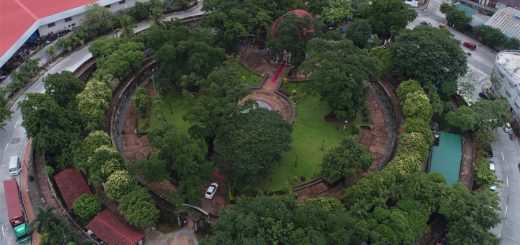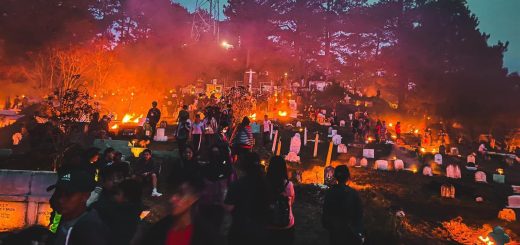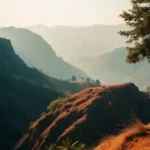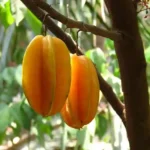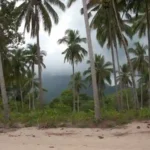Banaue Rice Terraces
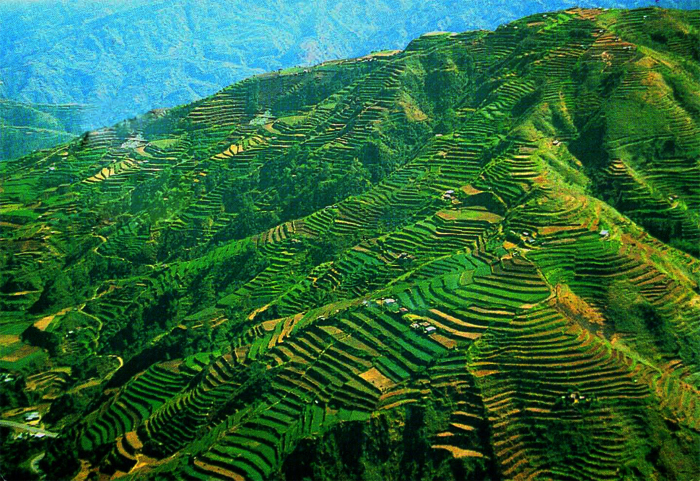
The Banaue Rice Terraces (Hagdan-hagdang Palayan ng Banaue), 2000 year old terraces, had been carved into the mountains of Ifugao in the Philippines by ancestors of the Batad indigenous people. The Banaue terraces constitute part of the Rice Terraces of the Philippine Cordilleras, ancient sprawling human-made structures from 2,000 to 6,000 years old. Found in the provinces of Apayao, Benguet, Mountain Province, and Ifugao, UNESCO has declared the terraces a World Heritage Site. Ifugao, a landlocked province of the Philippines in the Cordillera Administrative Region in Luzon, covers a total land area of 251,778 hectares. The province of Ifugao, a mountainous region characterized by rugged terrain, river valleys, and massive forests, has its capital in Lagawe. It borders Benguet to the west, Mountain Province to the north, Isabela to the east, and Nueva Vizcaya to the south.
The rice culture of the Ifugao people requires tremendous skill and knowledge that has been passed on from generation to generation. Farming the terraces has become less and less attractive to the new generation of Ifugao people. They had already been suffering from low returns on their labor in light of the slow growth of terrace rice in the cool climate. The Banaue Rice Terraces have been intricately woven in the culture and life of the 20,000 Ifugao people who cultivate them. Their festivals and holy days revolve around the cultivation and harvesting of rice from the terraces. Without the dedication of the Ifugao people, the rice terraces of Banaue would not exist. Without the Banaue Rice Terraces, the Ifugao people would cease to exist. The terraces and the people have a symbiotic relationship.
Banaue, a fourth class municipality in the province of Ifugao, Philippines, has a population of 20,563 people in 3,952 households according to the 2000 census. The Banaue Rice Terraces have earned the region renown.
Commonly referred to as the “Eighth Wonder of the World,” the Rice Terraces had been built largely by hand, with hand tools and animal power. Located approximately 1500 meters (5000 ft) above sea level and cover 10,360 square kilometers (about 4000 square miles) of mountainside, the terraces receive water through an ancient irrigation system from the rainforests above.
The Banaue Rice Terraces begin at the base of the mountain range and extend several thousand feet upward. Their length, if put end to end, would encircle half of the globe. Built 2,000 years ago, the rice terraces manifest the engineering skill and ingenuity of the sturdy Ifugaos people. They have irrigated the terraces by means of mountain streams and springs tapped and channeled into canals that run downhill through the rice terraces.
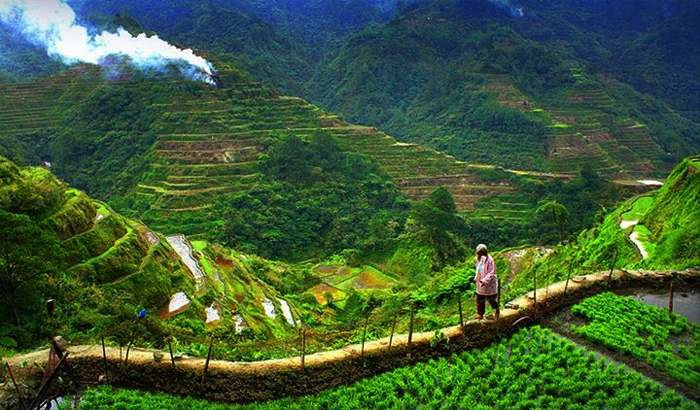
The rice terraces once stretched northeast to Cagayan and as far south as Quezon. Slowly farmers have been abandoning them and they show signs of deterioration. A severe 1990 earthquake damaged some of the terraces’ irrigation systems, while El Niño triggered droughts that led giant earthworms to erode the terraces’ soil. Furthermore, the rice variety most suited to the area’s cool climate has a low yield, taking months to mature. Some Ifugao families have abandoned their land in the rice terraces in favor of land that reaps faster rewards.
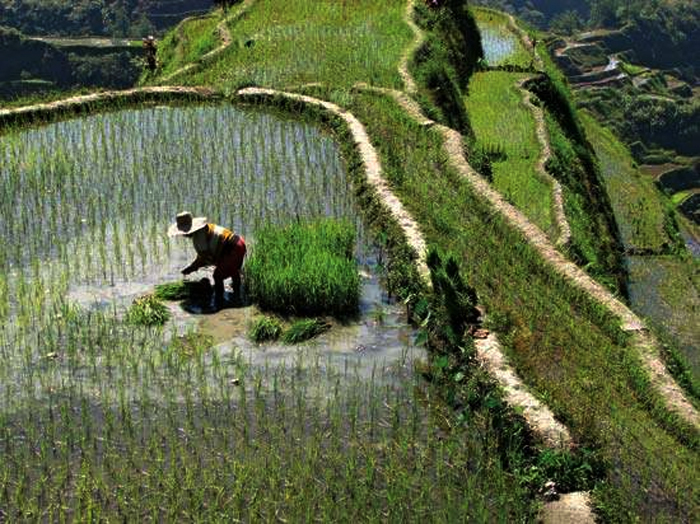
People and culture
Ifugao refers to the people, their dialect and the province they live in the mountainous northern part of the Philippines. Known as an independent, agricultural society, they speak various Ifugao dialects, such as Tuwali and Ayangan. They speak Filipino vernacular dialects like Ilokano and Tagalog as well. Many Ifugaos, especially in Lagawe, Kiangan, Mayoyao, Aguinaldo, and Banaue, speak English fluently as well.
They prefer the name Ifugaos as opposed to the more generic and less accurate Igorot term that includes all the peoples of the Cordillera Region, which specifically refers to some of the inhabitants of Benguet.
Referral:
– Beyer, Otley. 1955. The Origin and History of the Philippine Rice Terraces. Quezon City: National Research Council of the Philippines, University of The Philippines.
– Medina, Susan Calo. 1989. Terraces of Banaue. Los Angeles: Philippine Expressions.
– Medina, Carlos R. 2003. Understanding the Ifugao Rice Terraces. Baguio City, Philippines: Saint Louis University, Cordillera Research and Development Foundation.
– Wackernagel, Frederick W. 1985. Rice for the Terraces: Cold-Tolerant Varieties and Other Strategies for Increasing Rice Production in the Mountains of Southeast Asia. Thesis (Ph. D.)—Cornell University, Jan., 1985.

